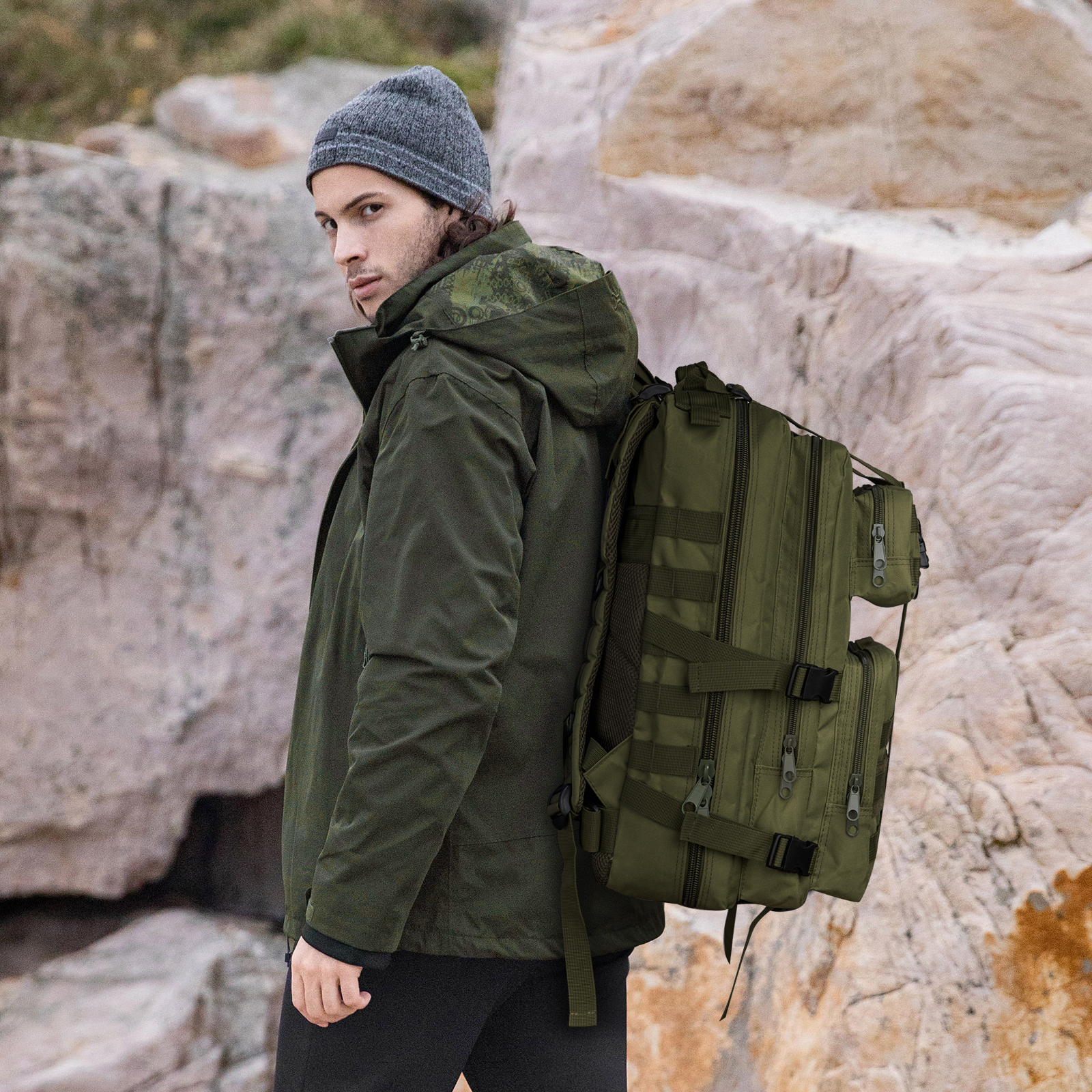Industry dynamics
Efficient Packing Tips for Your Junco Mountaineering Bag: Maximize Space and Durability
When it comes to packing your mountaineering bag efficiently, every item counts. The key to a successful and balanced load lies not only in the order of packing but also in how the weight is distributed and how items are placed for easy access. Here’s how you can pack your Junco mountaineering bag in a way that maximizes both space and comfort, while ensuring durability.
Packing Formula to Remember:
- Balance the load: Your bag should have a stable center of gravity, ensuring that it is balanced both horizontally and vertically. This will make carrying the bag easier and more comfortable.
- Fit and accessibility: When packing, make sure the bag fits your frame and that all items are easy to access, especially when you need them the most.
Principles for Packing Your Junco Mountaineering Bag:
Packing order and placement are crucial for both convenience and longevity. A common mistake is packing heavy items at the bottom, followed by smaller items on top. This can lead to frustration when trying to access specific gear in the middle of a trek. Here’s a better approach for quick and easy packing:
- Start with your sleeping bag: Place your sleeping bag at the very bottom of the bag. This item is typically bulky but not fragile, making it a good choice for the base.
- Add clothes: Place clothing items next, as they are often light and can be easily compressed to fit into gaps. If you’re using lightweight, compact materials like RPET (Recycled PET) clothing, they will save space and make packing quicker.
- Cooking and food supplies: These are essential but not too heavy, so they can go in next. Pack your stove, utensils, and food in a way that prevents crushing and ensures easy access during breaks.
- Tent and shelter: Your tent is often bulky and needs to be placed carefully to avoid damage. Consider putting it at the top or in a separate compartment if your bag allows. Tent poles should be secured properly to prevent them from shifting during your hike.
- Fragile or delicate items: Items such as flashlights, rain gear, or electronics should be placed last. These items are prone to damage and should be packed in areas that minimize pressure or impact.
- Hang lighter, easily accessible items: Use the bag’s external hooks or loops to hang smaller, lightweight items like water bottles, snacks, or a first aid kit. This keeps them easily reachable and frees up space inside the bag.

The Role of RPET and GRS Materials:
If your Junco mountaineering bag is made with eco-friendly materials like RPET (Recycled Polyethylene Terephthalate) fabric, you’ll benefit from a sustainable yet durable design. RPET is not only lightweight but also strong and water-resistant, ensuring that your gear remains protected even in tough conditions. Moreover, if your bag is certified by GRS (Global Recycled Standard), you’re supporting environmental sustainability while enjoying the high performance and longevity of your mountaineering gear.
By following this method of packing, you will be able to maximize both the comfort and functionality of your Junco mountaineering bag. Whether you’re going for a weekend hike or a multi-day expedition, you’ll enjoy the benefits of well-distributed weight, easy access to your gear, and a durable, eco-friendly bag designed for the adventure ahead.
